
Herring helped to generate local income, identity, and societal change for centuries in Scotland, but their numbers on the west coast have been in decline since the 1970s. Since herring use specific seabed habitat to deposit their eggs on, it is essential for population recovery that such areas are available when herring return to spawn.
WOSHH seeks to detect when and where large herring shoals are present in inshore waters on the west coast of Scotland, particularly during the spring-spawning season, and also aims to identify and assess herring spawning habitat on the west coast. Healthy spawning habitat helps rebuild inshore herring populations, with potentially positive social and economic impacts, as well as improving overall biodiversity.
Please also check out our WOSHH-eDNA-Sound project for information on further herring research.
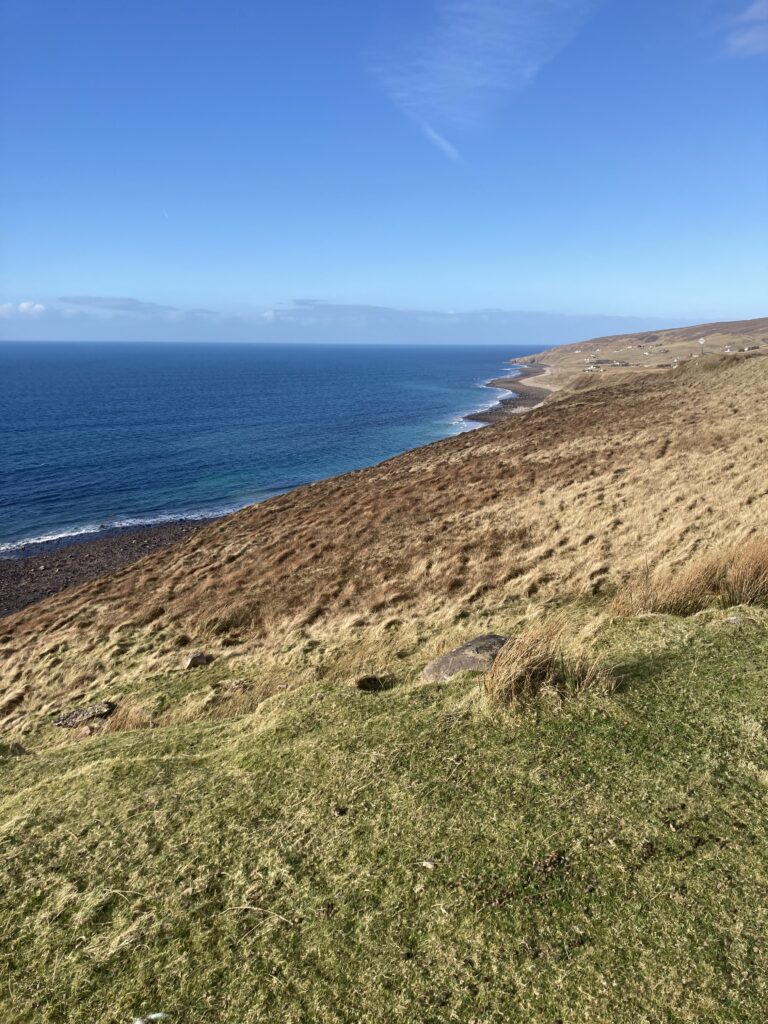
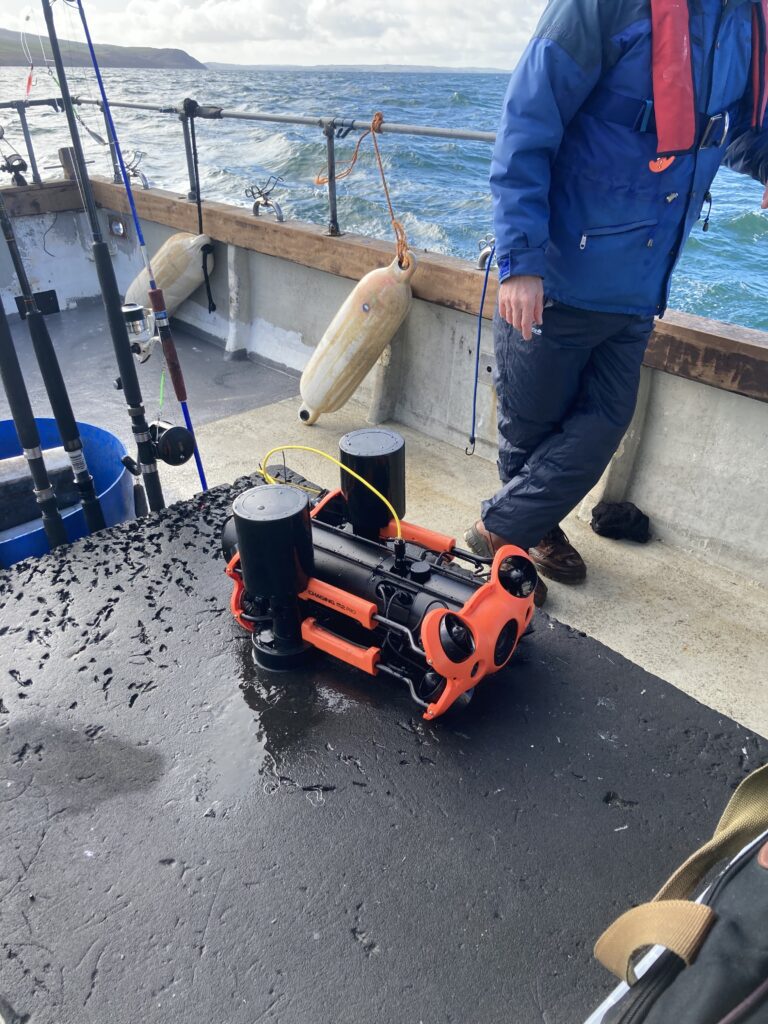
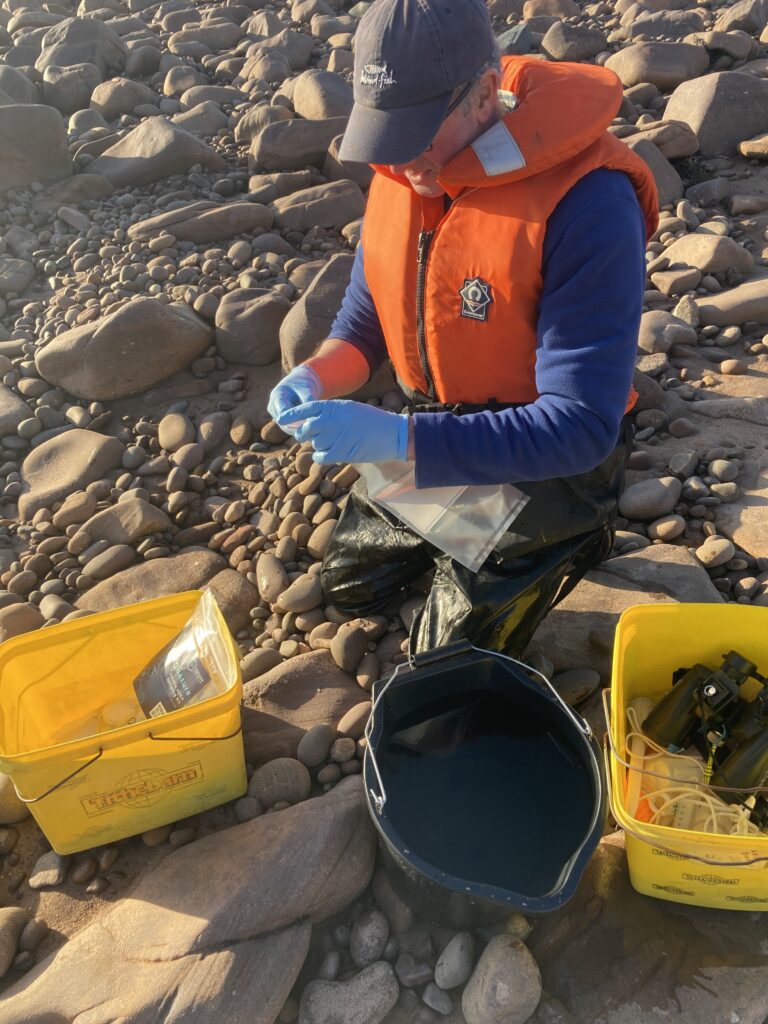
Please get in touch if you are interested in supporting Scottish herring
After spring-spawning herring gathered in large numbers for the first time in nearly 50 years to spawn off the coast of Wester Ross, and the resulting feature on the BBC in 2019, the William Grant Foundation funded the Skye and Wester Ross Fisheries Trust to gather available information on herring spawning habitats in the area. Edinburgh Napier University reviewed scientific literature, scanned historical fisheries and government reports (dating back to the mid 19th century), as well as listened to interviews conducted by Sue Pomeroy, Little Loch Broom Marine Life (on behalf of the Wester Ross Fisheries Trust for Two Lochs Radio station) and spoke to former fishers about their knowledge surrounding spawning habitat. This work is summarised in an open-access article, published in 2022, which includes new maps of historical spawning areas and identified knowledge gaps, particularly for the west coast of Scotland.
Knowledge gaps identified:
WOSHH, spearheaded by Edinburgh Napier University, was developed to help address some of the identified knowledge gaps across the whole west coast of Scotland. WOSHH collaborates with a diverse range of marine stakeholders interested in the conservation and restoration of herring spawning habitat.
WOSHH is aligned with the UN Sustainable Development Goals, UN Decade of Ocean Science for Sustainable Development (2021-2030), and UN Decade on Ecosystem Restoration (2021-2030)
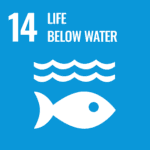
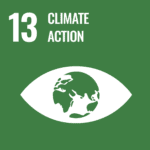
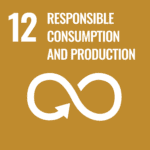
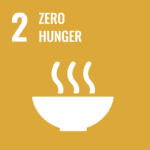
WOSHH is funded by the William Grant Foundation
Top banner: Shoaling herring near Wester Ross © Andy Jackson, SubSeaTV; reproduced with permission. Additional images: Spotting feeding gannets, ROV survey of spawning grounds, taking water samples for eDNA © Michelle Frost.
Email: info@scottishherring.org